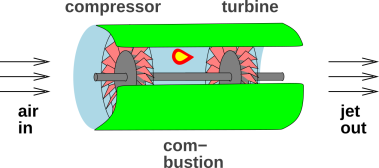
Figure 1: Turbojet – What’s Wrong with This Picture?
Here’s a riddle that you may find entertaining and/or pedagogically useful.
Short version: At the most basic physics level, what makes a turbojet engine go the right way? If somebody asks you how a turbojet works, can you give an answer that gets the basic physics right?
Long version: According to the usual explanation, the engine comprises
a) A compressor, which pumps air into the engine,
b) A combustion chamber, and
c) A turbine, which is driven by the hot gases and which in turn drives
the compressor by means of a shaft.
Roughly (!) the picture is this:
In normal operation, there is a hot, high-pressure gas in the guts of the engine.
So the big question is, why does this high-pressure gas decide to go out the back rather than going out the front? You cannot explain this in terms of the foregoing picture, so there must be some omission or oversimplification in the picture. What is it?
This question bothered me for years, starting when I was a little kid and first heard oversimplified “explanations” of how a turbojet worked.
Hint: There is a 100% compelling answer in terms of basic physics. You don’t need to know anything about the Navier-Stokes equations of fluid dynamics, and you don’t need to know anything about supersonic shock waves or anything like that.
Note that this question does not arise for a piston engine, which relies on valves and artful valve-timing to force the air to go where it should. (The turbojet doesn’t have any such valves.)
Bonus question / corollary: What does your answer imply about various good and/or bad ways of starting a turbojet engine?
For the answers, see ./jet-answer.htm.